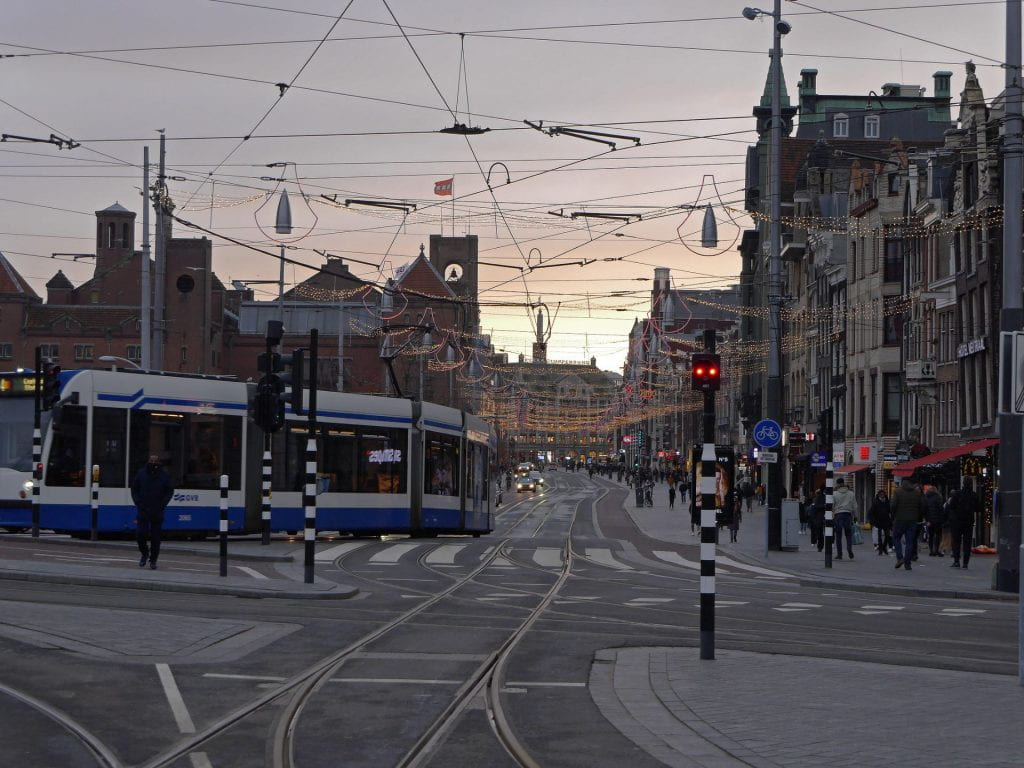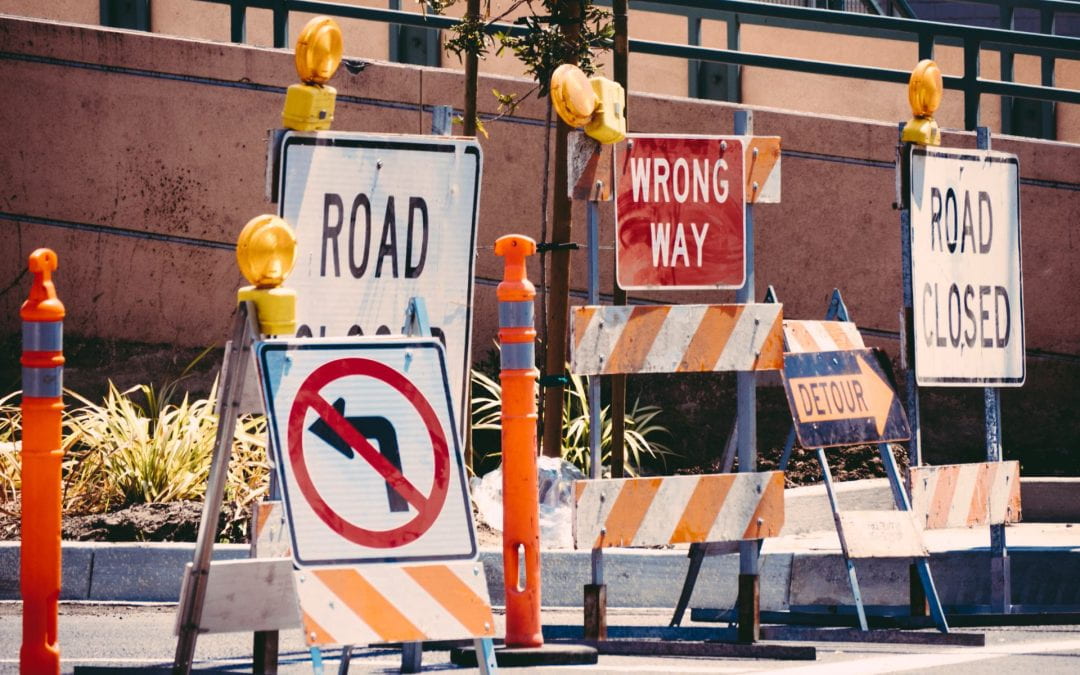Photo by Jamie Street on Unsplash
Words by Timothy Welch
Asking everyone what they think of every transport micro-decision is an enormous waste of time and resources. It’s time to stop asking and start doing, argues Timothy Welch.
Your transport agency would like to know if it’s okay to paint the side of the road with a broken yellow line. They also want your thoughts on installing a single rubber speed bump on a shared driveway and changing a sign that says ‘Clearway’ to ‘Busway’.
Auckland Transport (AT) is asking for your feedback on six projects across the city, including one that extends the area painted as a bus lane a couple of blocks. Over the past five years, AT has consulted on 190 projects ranging from long-term land transport plans and parking strategies to small one-off projects involving just a bit of paint.
So many of these consultations on small projects feel like a person asking their neighbours if they should eat breakfast in the morning.
Community feedback is an important part of the planning process, and ensuring multiple perspectives are heard and incorporated into plans is critical.
If that is what was happening with the current consultation process, it would be the end of this piece. However, somewhere along the line, AT and many other public agencies across New Zealand have been stuck in a form of decision paralysis.
The indecision has become so deep for AT that it needs feedback on nearly every aspect of the agency’s work. Some consultations are so minor they simply constitute the agency’s day-to-day activities – for example, consultation on adding a single rubber speed bump to a shared driveway. You’ll be happy to learn that a small rubber speed bump has been installed, despite one respondent expressing “concern that the speed bump will not affect driver behaviour. People will still drive too fast. Has observed that other similar speed bumps, with stop signs, are not respected”.

Photo by Fons Heijnsbroek on Unsplash
Where there is a need to slow vehicles on a driveway for the safety of people on foot and bike, the council or transport agency should simply install a device rather than ask everyone if improving safety is worthwhile.
The citizens were already consulted on such improvements when Auckland’s Vision Zero plan, the local implementation of the national and well-consulted Road to Zero strategy, was enacted in 2019.
A slew of other consultations asks people to weigh in on whether several metres of broken yellow lines should be painted on the side of the road. Public input should not be required for basic road markings, even when it involves removing a car park or two; it’s merely a maintenance item, do it and move on.
So many of these consultations on small projects feel like a person asking their neighbours if they should eat breakfast in the morning. As the person responsible for maintaining your body, you should decide as efficiently as possible if breakfast is right for you – no additional input is needed.
Things seem to have gone off the rails in two places 1) where a project is part of the delivery of a long-range plan already consulted prior to adoption, and 2) where the project is so minor it constitutes the daily activities of the agency.
Planners and engineers at AT should be vested with the authority to exercise their professional and learned judgment to implement the changes necessary to deliver projects related to the goals outlined in policy documents such as Auckland’s Regional Land Transport Plan, the Vision Zero strategy, and the Transport Emissions Reduction Pathway (TERP).
These plans detail the necessary steps to make transportation safer, more efficient, and more sustainable. For example, the TERP outlines the need to significantly increase public transport ridership to reduce transport emissions by 64 percent in the next seven years. With this urgency, things like extending painted bus lanes by 35mm in the city centre should be automatic, without a protracted public engagement process.
A cynical response to “have your say” on anything and everything would be that our public agencies purposely follow an approach that guarantees nothing will get done.
The argument to endlessly consult on every detail not only undermines the authority we’ve placed in our elected officials and agencies but reflects a mentality that is absolutely BANANAS, which is not to say the demand for lots of input is crazy, but that it is essentially an argument to Build Absolutely Nothing Anywhere Near Anyone.
A parallel issue to over-asking for feedback is that the process becomes fodder for anyone’s dissent. There are no limitations on the consultation process, in that anyone near and far or in any country can weigh in on projects as seemingly trivial as painting 15 dashes along a cul-de-sac so rubbish trucks can turn around. After a month-long consultation, the outcome was not to paint anything but erect sign reading: “No Stopping on Thursday 6am to 12pm.”
It’s a massive waste of time and resources to ask everyone what they think every time we want to paint a more extended bus lane, create a safer intersection, erect a sign, or paint a few road markings – especially when we’ve already debated the issues for years. To make progress as a city, our public agencies need to implement plans quickly and decisively and, of course, stop for consultation on the big decisions.
Dr Timothy F. Welch is a Senior Lecturer in the School of Architecture and Planning, Faculty of Creative Arts and IndustDr Timothy F. Welch is a Senior Lecturer in the School of Architecture and Planning, Faculty of Creative Arts and Industries.
This article was first published on Newsroom, Enough with the decision paralysis, Auckland Transport, 18 May, 2023

